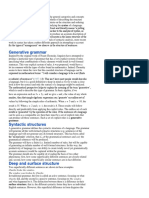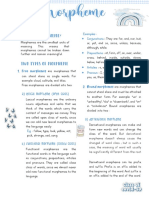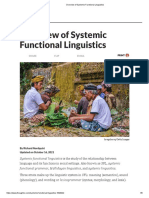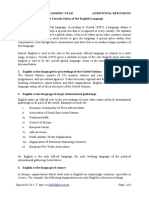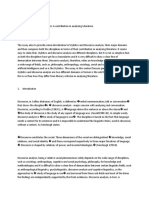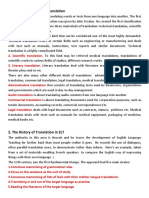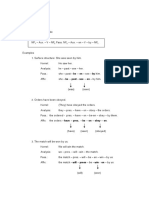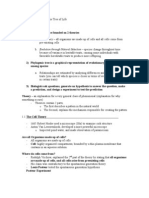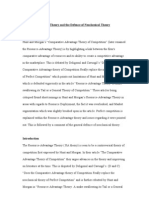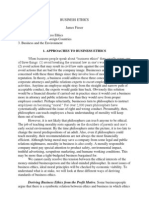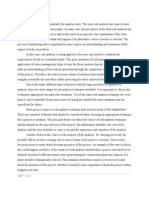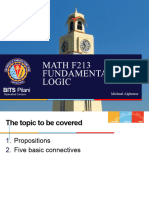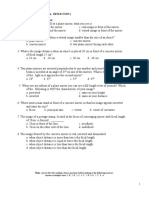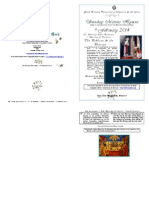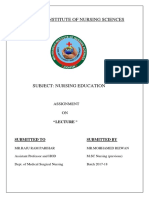100% found this document useful (1 vote)
312 views2 pagesUnit 7 Basic and Derived Structures Handout
The document discusses basic and derived structures in English grammar. It defines basic structures as those that do not involve transformation rules, while derived structures result from applying transformation rules to basic structures. Some examples of transformations are fronting, inversion, passive voice, cleft sentences, existential sentences, and extraposition. Transformations can be either obligatory or optional and are often used for stylistic purposes.
Uploaded by
901Rohit VarmaCopyright
© © All Rights Reserved
We take content rights seriously. If you suspect this is your content, claim it here.
Available Formats
Download as PDF, TXT or read online on Scribd
100% found this document useful (1 vote)
312 views2 pagesUnit 7 Basic and Derived Structures Handout
The document discusses basic and derived structures in English grammar. It defines basic structures as those that do not involve transformation rules, while derived structures result from applying transformation rules to basic structures. Some examples of transformations are fronting, inversion, passive voice, cleft sentences, existential sentences, and extraposition. Transformations can be either obligatory or optional and are often used for stylistic purposes.
Uploaded by
901Rohit VarmaCopyright
© © All Rights Reserved
We take content rights seriously. If you suspect this is your content, claim it here.
Available Formats
Download as PDF, TXT or read online on Scribd
/ 2
